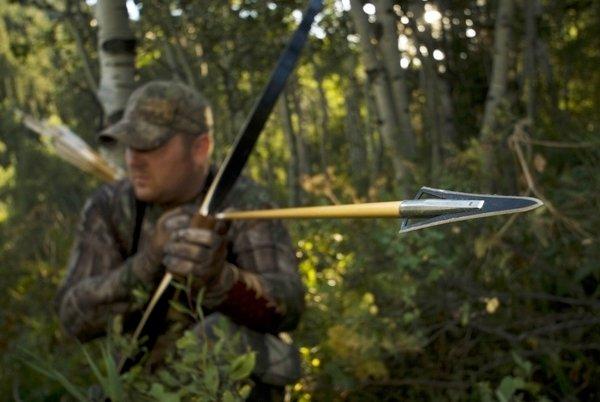Are You Shooting the Right One?
Bowhunters no longer have to accept a one-size-fits-all broadhead. They're now offered in such a wide variety that bowhunters now have the useful option of choosing the best broadheads for very specific needs - be that a purposeful transfer of knock-down energy, cutting massive wound channels, gaining deeper penetration or standing up to tackle-crushing abuse.
Many of these decisions are largely subjective. Understand my suggestions are aimed squarely at average bowhunters wielding average equipment. Based on the equipment manufacturers tell me they sell in largest volumes, average translates into compound bows drawing between 60 and 65 pounds, with draw lengths between 28 and 29 inches. Average finished arrows weigh 350 to 450 grains.
So average automatically excludes youth and women archers delivering minimal energy because of short draw lengths and light draw weight. It also excludes bigger men pulling 70-plus pounds past 29 inches. These archers need to adjust tackle up and down the scale according to needs or equipment capabilities.
Someone once said, Hope for the best, but prepare for the worst. That's my attitude regarding terminal tackle. If I screw up an easy shot - hit a shoulder, for instance - I want to know I can depend on my broadhead to cover my mistake.
Don't Miss: Fixed Blade vs. Mechanical Broadheads
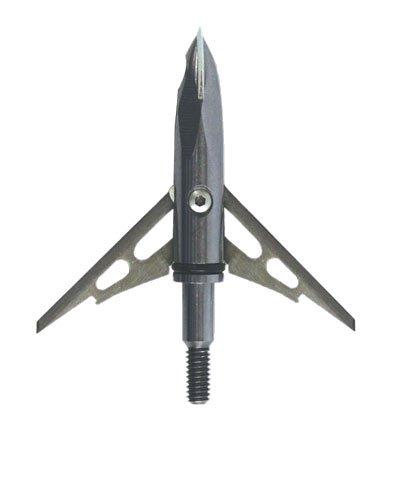 Massive Cuts: Deer, Turkeys and Pronghorns
Massive Cuts: Deer, Turkeys and Pronghorns
Not every game animal requires maximum penetration. Slight or delicate stature and smaller vital areas, or even difficult tracking conditions, call for aggressive, wide-cutting heads that add a margin for error to less-than-perfect shots. Turkeys jump to mind, but this could also include 30- to 50-pound javelina (collared peccary), 85-pound prairie pronghorn, Coues whitetails, or even slender Deep South deer inhabiting jungle-like terrain. These thin-skinned, light-boned critters essentially assure you'll receive enough penetration to reach vitals, even from the most aggressive broadheads.
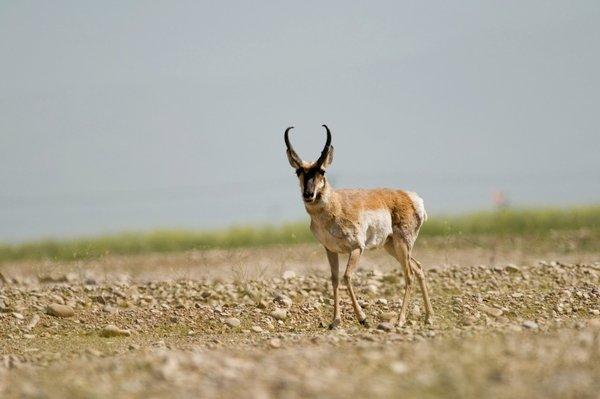
I automatically point to mechanicals because their very conception was based on increasing cutting diameter (and improving accuracy from fast bows), though there is the rare fixed-blade head with wide cutting diameter (G5, for instance). Of course, not every mechanical falls under the category of aggressive or wide cutting. When I refer to an aggressive head I'm talking designs on which deployed blades fall outside the slip plane (the angle at which an object at rest will start to slip downhill if tilted any farther). The blades essentially chop instead of slice. This not only produces huge holes, but also imparts shock (important only on turkeys). When I refer to wide cutting diameters I have in mind 1 3/4 to 2 inches (there are wider heads, but they require more energy to shove through game).
It's become more difficult today to offer objective views regarding mechanicals as a whole, as rear-deploying designs such as Rage or New Archery Products KillZone, as examples, shed less energy on impact and during penetration. But I'll stick by my convictions that if you wish to employ an aggressive, blood-spilling mechanical, you need to restrict them to smaller game - or wield energy well above average.
Don't Miss: Shoot the Perfect Arrow and Broadhead
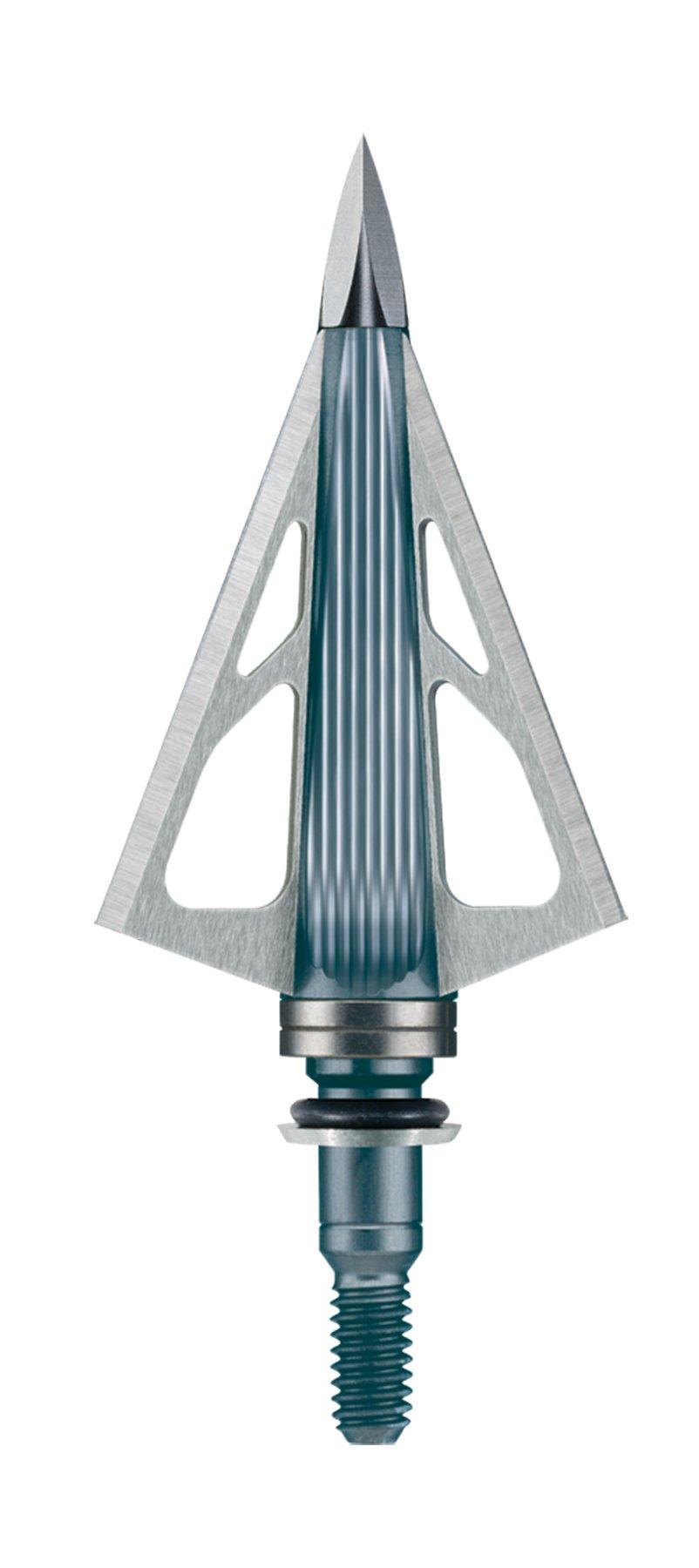 Happy Medium: Whitetails and Mulies
Happy Medium: Whitetails and Mulies
Since more bowhunters pursue whitetails than any other game, it would be easy to offer the advice to follow in this section and end it here. We know what we're in for in this dodge for all practical purposes. We're looking at anything from a 100- to 120-pound doe or mature Deep South buck, to a mature, 250-pound Midwestern behemoth. In all fairness I can also add 150- to 250-pound mule deer or 100- to 350-pound black bears to this discussion.

This means balancing one factor against the other; cutting diameter verses penetration. Decreasing cutting diameter is the easiest way to increase penetration, but makes it easier for a wound channel to plug, limiting trailing blood. Increasing cutting diameter increases the likelihood of spilling blood, but inhibits penetration. This is why the industry has adopted a happy medium in the area of fixed-blade heads. The fixed-blade average of 1 3/16 inches - plus or minus 1/8 inch - makes such as the venerable NAP Thunderhead or Muzzy is a good mix of ample penetration and blood trails.
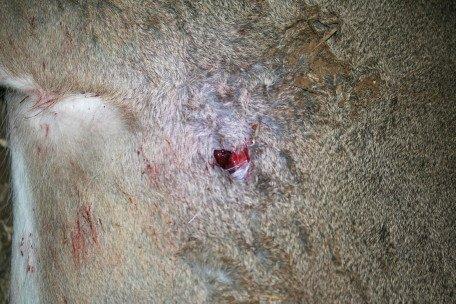
The mechanical design isn't eliminated from this discussion, granted you choose models with cutting diameters of 1 1/2 inches or less, preferably with cutting tips (Trophy Taker Ulmer Edge, Grim Reaper, Steelforce Phathead SOB or Carbon Express F-15 Expandable, as examples) or highly efficient designs with rear-deploying blades (Rage Slip-Cam, Rocket Meat Seeker or Sanford plunging-tip expanding designs, for example).
Don't Miss: New Broadheads for 2018
Gear Review: Vanguard Pioneer PH1 Harness in Realtree
 Major Penetration: Elk, Moose and African Game
Major Penetration: Elk, Moose and African Game
Elk, moose, grizzly bears, African game - these critters are big and tough. They all ask for broadheads designed for maximum penetration combined with bulletproof dependability. The recipe for success in these areas calls for moderate cutting diameters and true cutting-tip designs that slice through thick, tough hide and blast through substantial ribs - even bigger bones - with minimum resistance. Heavy arrows and he-man draw weights certainly help.
Mini head designs came into vogue - I believe - because of our continued obsession with arrow speed. A fixed-blade design with less blade surface promotes top-notch fixed-blade accuracy from speedy bows. As a side benefit we also received low-profile heads that usually sport 100-percent steel construction and thicker blades. They penetrate like crazy because less surface area results in less friction while sliding through hide and flesh, and they resist wedging in bone. Here we're looking at conservative cutting diameters in the neighborhood of 1 to 1 1/8 inches, represented by replaceable-blade heads such as the Slick Trick RazorTrick or ViperTrick, Tru-Fire T1, G5 Striker, or NAP Thunderhead Edge or Razor.
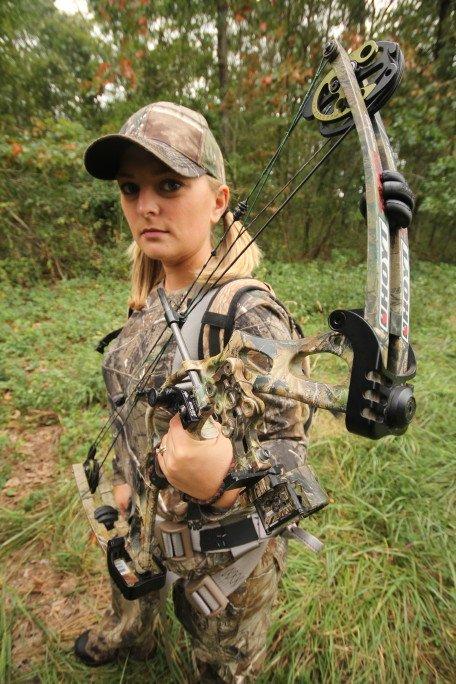
Understand that smaller wound channels can result in less trailing blood (though plenty of internal hemorrhaging). Since these designs impart less shock on impact, many animals react less dramatically after the hit. It's not uncommon for an animal shot with a COC to act as if unaware of being shot, walking only a few steps before tipping over.
These are admittedly conservative choices. More aggressive heads in the right spot - the soft and vulnerable lungs accessed through light ribs - undoubtedly result in quick kills. But when things go wrong - those worst-case scenarios I've hinted at - you want a head that will save the day, turning marginal hits into killing ones. Choosing the right head for the job is part of assuring happy endings no matter the game.
Don't Miss: Realtree's Interactive Broadhead Selector
Editor's Note: This was originally published on July 30, 2012.
Are you a bowhunter wanting to learn how to accomplish your goals? Check out our stories, videos and hard-hitting how-to's on bowhunting.

